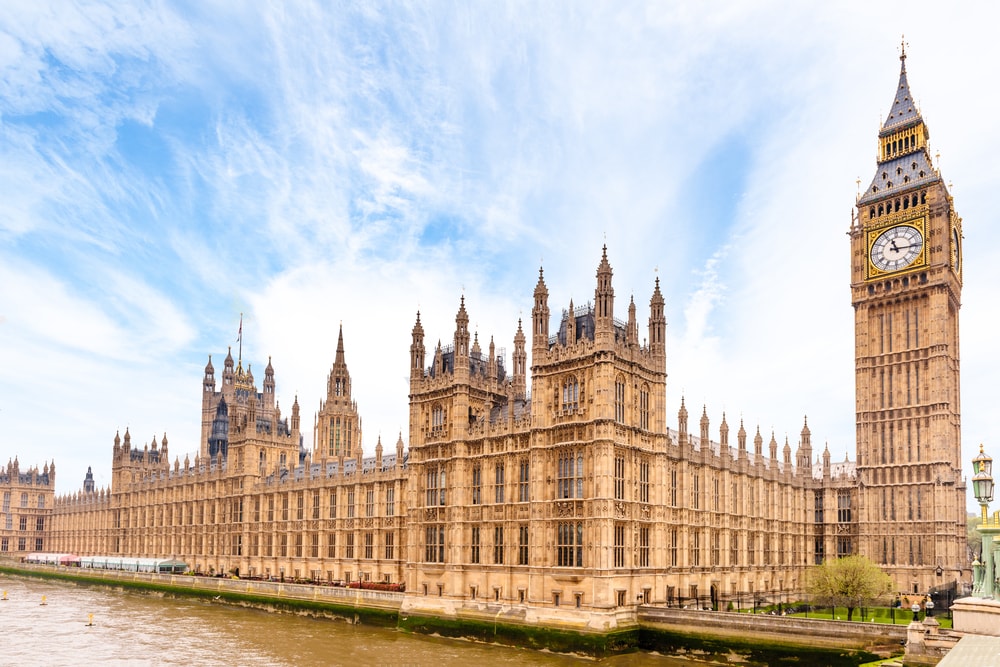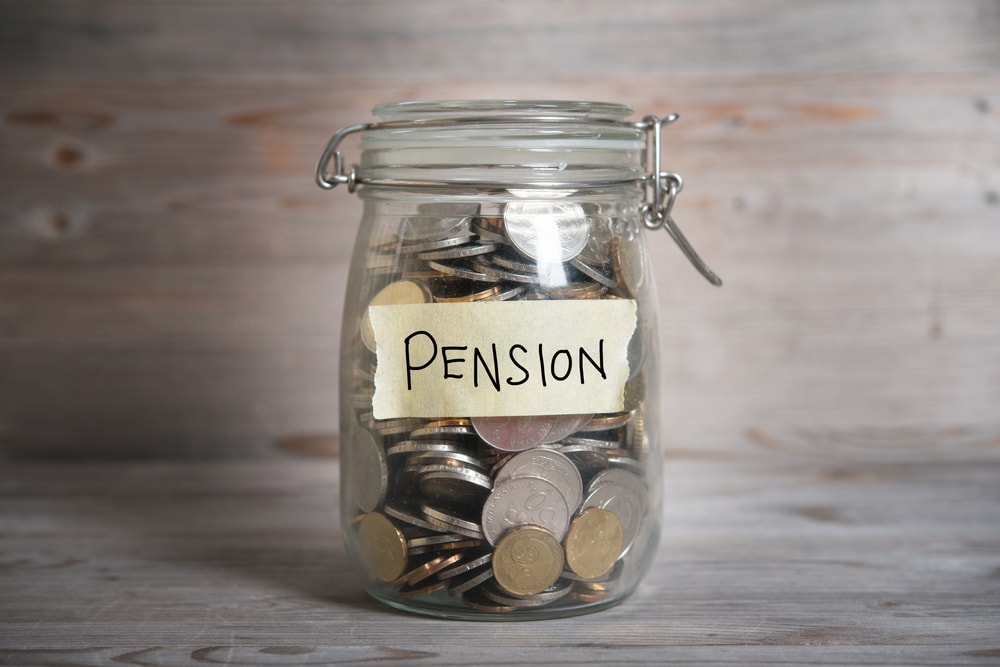The gender pension gap remained "far too high" at 40.5 per cent in 2020/21, more than twice the gender pay gap of 15.4 per cent recorded in the same year, research from Prospect has revealed.
The union clarified that the estimated gender pension gap for 2020-21 was subject to greater uncertainty than usual due to the impact of Covid-19, although it argued that there is “no doubt” that the gender pension gap is unacceptably high and has a significant detrimental impact on women’s quality of life in retirement.
The research also highlighted the main causes of the gender pension gap, noting that women undertake a disproportionate share of caring responsibilities, which results in them being more likely to take breaks from paid employment or work part-time.
In addition to this, it explained that when women do work full-time, they are paid less, on average, than men, with women also receiving less state pension, on average, than men.
The union suggested that the gender pension gap has been the subject of more discussion in the past year than before, arguing however, that it is still not receiving the level of attention it justifies.
Prospect also warned that while certain policies should slowly reduce the gender pension gap over time, current government policy will risk allowing the gender pension gap to persist at an "unacceptably high level in perpetuity".
"If we want a more equal society, by eliminating gender inequality in retirement incomes, we must change government policy," it stated.
In particular, the report called for a statutory requirement for the government to report to parliament on the size of the gender pension gap and its plans for tackling it, also urging the Department for Work and Pensions to include addressing the gender pension gap as one of its statutory equality objectives.
The union also outlined policies specifically in relation to caring, such as calls for an additional state pension credit for those who are not working because they are looking after children under 12, and measures to encourage more equal sharing of caring responsibilities by gender and to make affordable childcare more widely available.
In addition to this, the union backed recent calls for the government to introduce the recommendations of the 2017 automatic enrolment review and lower the earnings trigger to the level of the lower earnings limit.
It also suggested that the government establish an independent commission to consider the appropriate level of contributions under automatic enrolment.
However, the union acknowledged that even if all of the proposals in the report were adopted immediately, it would still take "many decades" for the impact to show up in estimates of retirement income and for the gender pension gap to be eliminated.
"And the reality is that it is unlikely that many of these measures will be implemented soon," it stated.
“Consequently, it is important to take action directly at employer level and to increase individual awareness of the main causes of the gender pension gap.”
Latest News
-
Mansion House Accord revealed; pension providers to up private market investments
-
Mansion House Accord: Industry reacts
-
DWP questioned over pensions dashboards progress
-
AQA Pension Scheme agrees £120m buy-in with Rothesay
-
Majority not confident pension savings will last; calls for ‘mid-retirement MOT’ grow
-
‘Blockbuster’ Pensions Bill set to be ‘crammed to bursting’ with measures
A changing DC market
In our latest Pensions Age video interview, Aon DC senior partner and head of DC consulting, Ben Roe, speaks to Laura Blows about the latest changes and challenges within the DC sector
Being retirement ready
Gavin Lewis, Head of UK and Ireland Institutional at BlackRock, talks to Francesca Fabrizi about the BlackRock 2024 UK Read on Retirement report, 'Ready or not. How are we feeling about retirement?’
The role of CDC

In the latest Pensions Age podcast, Laura Blows speaks to TPT Retirement Solutions Chief Client Strategy Officer, Andy O’Regan, about the role of collective DC (CDC) within the UK pensions space
Keeping on track

In the latest Pensions Age podcast, Sophie Smith talks to Pensions Dashboards Programme (PDP) principal, Chris Curry, about the latest pensions dashboards developments, and the work still needed to stay on track
© 2019 Perspective Publishing Privacy & Cookies













Recent Stories